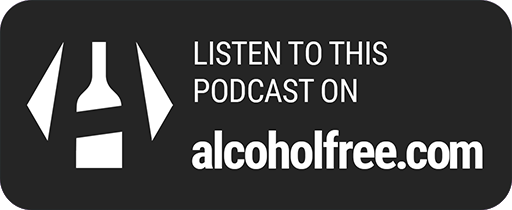Order Now For Fast Delivery!
This website uses cookies to enhance the user experience. Some cookies are essential for the use of the site. View our Privacy Policy and Cookie Policy for more information.
American Society of Addiction Medicine

American Society of Addiction Medicine
Lead: Illicit Substance Use and Treatment Access Among Adults Experiencing Homelessness
Lead: Illicit Substance Use and Treatment Access Among Adults Experiencing Homelessness
Tuesday 4th March 2025
Explore the challenges of substance use and treatment access among homeless adults, along with insights on stimulant use disorders and evolving addiction treatments.
6 minutes
Informative
Compassionate
Educational
Supportive
Eye-opening
About this podcast
Author:
American Society of Addiction Medicine
Overview:
An audio source for the top stories from the field of addiction medicine.
Categories:
Innovative Treatments & Recovery Paths
Navigating Alcohol Dependency
Family Recovery from Addiction
Nutritional Pathways to Recovery
Navigating Intimate Relationships
Links:
Visit site
Episodes:
165 (View all)

Do you want to link to this podcast?
Get the buttons here!Homelessness, Substance Use, and Treatment Gaps Explored
Episode Overview
- 37% of surveyed homeless adults reported regular illicit substance use.
- Methamphetamine was the most commonly used substance.
- 21% of those seeking treatment were unable to access it.
- Emergency clinicians are increasingly prescribing buprenorphine.
- Community-based recovery support can significantly improve remission rates.
An estimated 37% of respondents reported using any illicit substance regularly (≥ 3 times per week) in the last six months.
Ever wondered about the intersection of homelessness and substance use? This episode of 'This Week in Addiction Medicine' dives deep into a study from the Journal of the American Medical Association that explores illicit substance use and treatment access among adults experiencing homelessness in California. Over 3,200 individuals were surveyed, revealing that a staggering 37% used illicit substances regularly, with methamphetamine being the most common.
Unfortunately, 21% of those who sought treatment couldn't access it, highlighting a significant gap in support services. Additionally, the episode touches on other critical studies, including the increased risk of major cardiac events in those with stimulant use disorders and the evolving approach to addiction treatment from incarceration to community-based recovery support. Hosts discuss how emergency clinicians are increasingly prescribing buprenorphine for opioid use disorder and the low rates of medication-assisted treatment in older adults.
With insights from various journals and studies, this episode is packed with valuable information for anyone interested in addiction medicine and public health. Tune in to understand the challenges and advancements in treating substance use disorders, especially among vulnerable populations. Don't miss out on these crucial discussions – they might just change your perspective on addiction and recovery.

